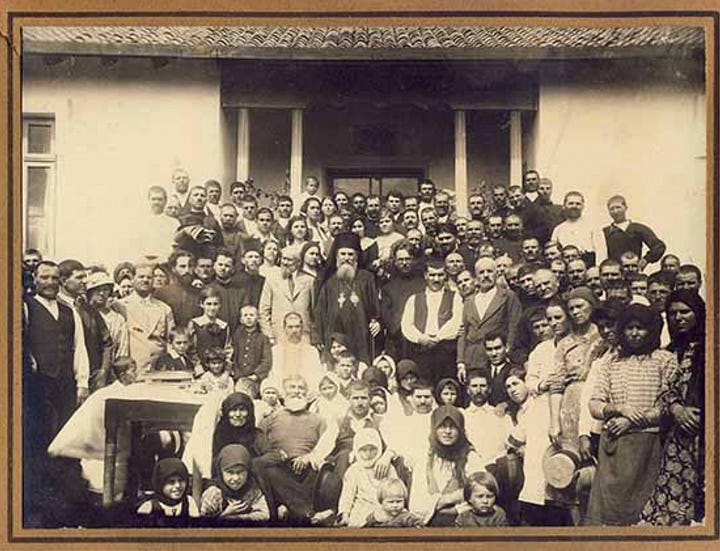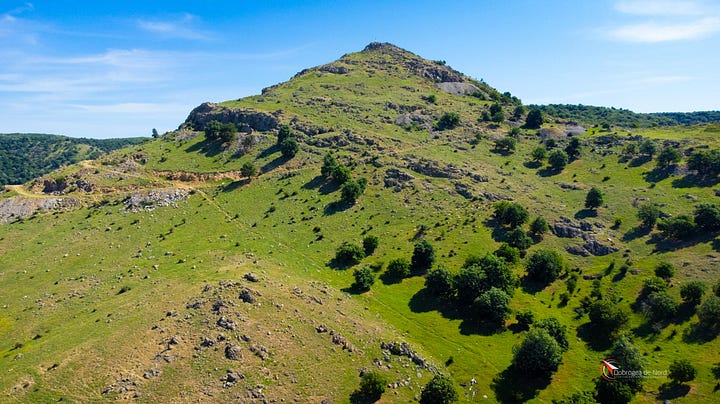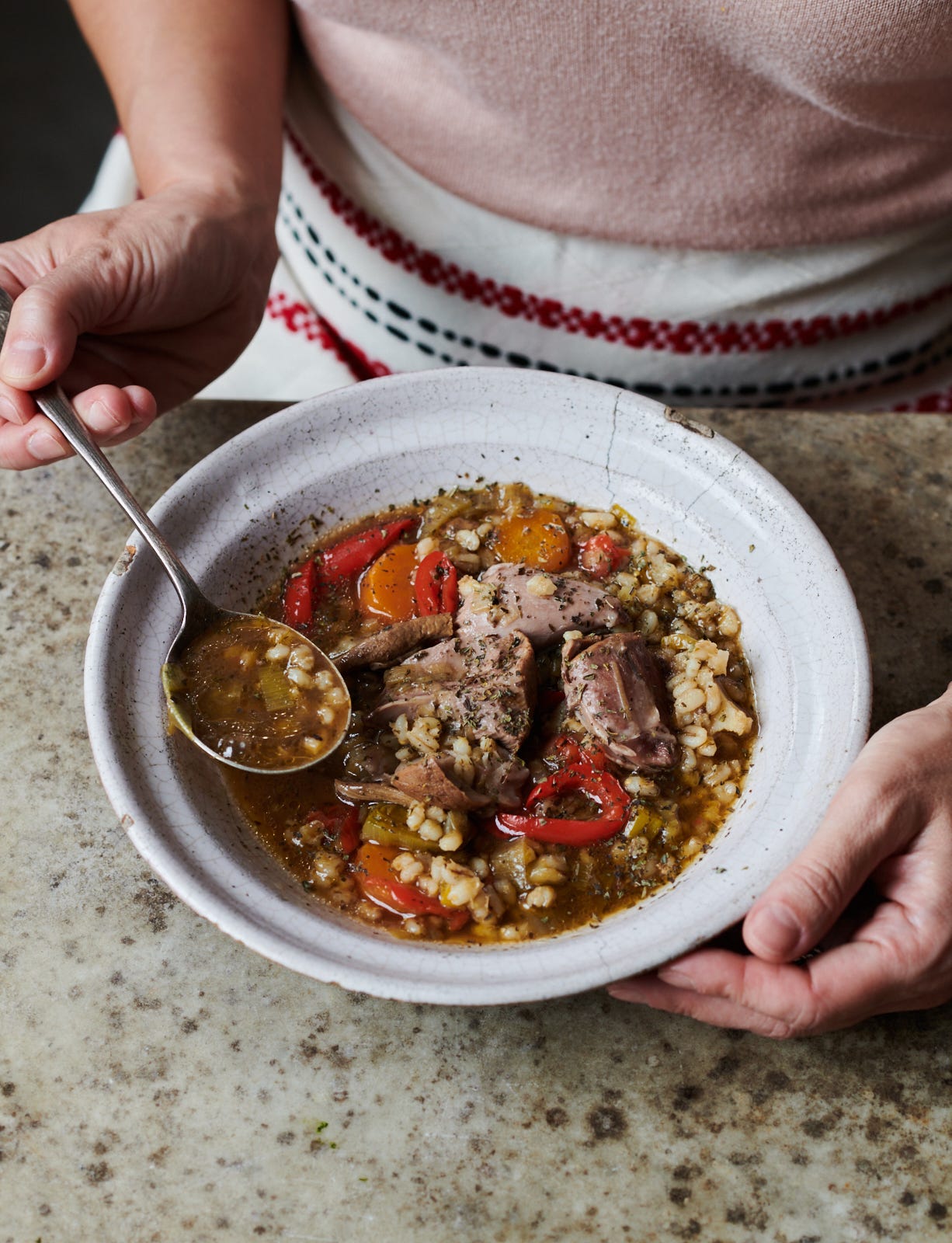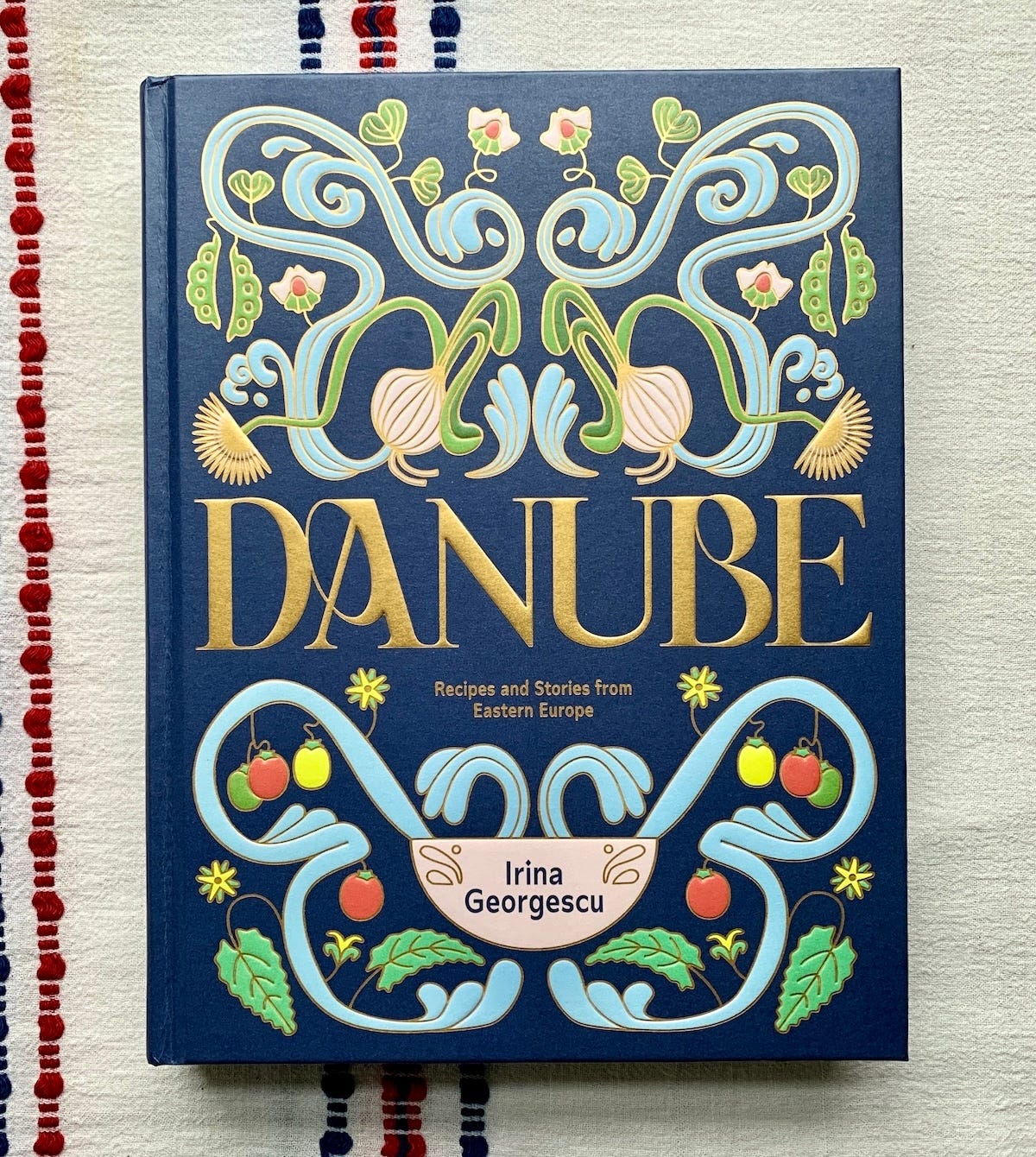The name Curban may sound familiar to those who know about the Muslim festival called Kurban Bayram or Eid, the Feast of the Sacrifice. While the Ottomans spread the name to the Balkans, the tradition is a much older social practice that holds cultural significance across many religions, including Christianity.
In ancient, pre-Christian times, animals were sacrificed for health, particularly after an accident or illness. To this day, it remains a tradition within some Christian communities in the Balkans and Romania. While Romania is not technically part of the Balkan Peninsula—unlike Greece, Macedonia, and Bulgaria, to mention only a few—it has always been influenced by the Balkan spirit, particularly in the South. Plus, it is home to many ethnic groups who, over the centuries, have found refuge in this country and a home where they could be free to live their lives according to their traditions. There is a lot about this in my book, Danube.
Hence, in those Romanian villages with Greek communities, which traditionally would have been farmers and shepherds, people celebrate Curban on St. George’s Day, the patron of shepherds, at the end of April or the beginning of May. It is a village festivity that has three stages: the animal sacrifice, the preparation of the meat and the sharing with the community.
In the Muslim world, the animal is divided into three parts: one for the family, one for relatives, and one for the needy, but in the Christian Balkans, it is shared with the community, and a portion is given as alms to a church or monastery to commemorate the dead.
The purpose of Curban on St. George’s Day as a public festivity is to appease the fate of the flocks and secure prosperity in the new farming year. You know two things really bother a shepherd: when the sheep escape…and when they die. So, a curban would protect against both, plus seal the contract between the shepherd and the owners of the sheep for the upcoming year.
This is mainly the purpose of the ‘public festivity’, but Curban is also practised as a private ritual, household-members only, as a votive offering in the sense of ‘giving thanks’ or honouring the Patron Saint of the house. There are many ways in which the Patron Saint is celebrated in the Christian Balkans throughout the year, and you can read about another example from the Serbian communities in my book ‘Danube’ (UK and US).
Curban is traditionally associated with a patrilineal hierarchy, so the sacrificed animal must be a male, usually a lamb, the same as at Easter. However, there are variations for less-special occasions where people use cockerels, ganders, or rams. Calves can sometimes replace lambs.
Before roasting, the Curban is purified by sprinkling with salt and smoking it with frankincense in front of the Saint’s icon. It is then basted while cooking with bunches of basil, spearmint or rosemary, symbols of new life and regeneration.
The whole community or family must share the roast together, and once finished, the bones are buried in the ground to ensure good fortune for all.
I recently discovered some old photographs online of a Greek community in Dobrogea, along with a group of houses (today’s Greci village) in the Măcin Mountains. The Măcin Mountains are the oldest in the Carpathian range, worn down by millennia of weather to form gentle hills and plateaus.


Below are other photos from recent days. Măcin is a breathtaking part of Romania; the landscape appears almost biblical with its solitary trees, rocky slopes, and the hardship of life.
An interesting fact about the village of Greci (which translates to 'Greeks') is that it was actually inhabited by Italian settlers in the late 19th century, who came here to work as stone masons. The Greeks moved to Izvoarele, a nearby village, which translates to ‘water springs’. A classic Romanian case of quid pro quo. You can discover a similar story of Bulgarians known as Serbs in southern Romania in ‘Danube, Recipes and Stories from Eastern Europe’. I’m sure you’ll like it, it could easily be a movie plot.


The rituals of Curban are also observed by Christian Romani (Gypsies), who use willow branches to baste the lamb that’s roasting on the spit, rather than basil and rosemary. In Orthodox traditions, willow branches replace palm branches on Easter Palm Sunday in those countries where palm trees do not grow. So the willow branches have religious significance.
During my research in Dobrogea for my book ‘Danube’, a friend, whom I view as both practical and level-headed, shared her belief in the Curban practice and its incredible healing power. In her grandparents’ village, a young boy from the Romani community was gravely ill. His parents sought help from a local doctor, then went to a hospital in a nearby city, and finally to Bucharest, the capital, but unfortunately, nothing seemed to work. It's easy to see where this story is heading. The parents, who were modern individuals accustomed to relying on doctors and medications, found themselves in a situation where everything failed. Witnessing their child's suffering was unbearable. The entire community was concerned about the boy. So, the grandparents decided to bring the entire family, including distant relatives, to gather around a Curban- a lamb roasted on a spit outside the boy’s house. They celebrated together, feasted, buried the roast's bones, prayed, and made offerings, and the boy’s health started to improve and respond to medicine. I know what you are thinking, but there is power in the energy that arises from a group of people coming together, sharing the same intentions and wishes. The intention of seeing the boy's recovery, the wishes for his health, and the prayers had a positive effect on him. It is a powerful way for people to come together around a dish that symbolises both life and healing.
Regardless of the reason for his improvement, I find comfort in knowing that when everything fails, I can rely on the healing strength of my family and ancestors, the kindness of giving and taking, and the care of everyone around me.
In Bulgaria, south of the River Danube, Curban is celebrated on both Sabor, the saint day of the family, and as a gesture of gratitude on a significant day when one has overcome a challenging obstacle.
The lamb dish is a soup, not a roast, and is the version that follows in the recipe below. So, after you recover from an illness or narrowly avoid a car accident, or you slip on a wet floor but don’t break an arm or a leg, you go home and make a curban soup.
Recipe
Serves 4-6 people
1.5 litres lamb or beef stock
1.2 kg lamb shank (2–3 pieces)
1 medium leek, sliced, including the green tops
2 teaspoons dried spearmint or mint, plus extra to serve
2 medium carrots, cut into 2 cm chunks
2 medium parsnips, cut into 2 cm chunks
2 medium red (bell) peppers, sliced
180 g pearl barley
salt and freshly ground black pepper
Method:
In a large pan with a lid, bring the stock and lamb shanks to the boil. Reduce the heat to medium–low to simmer gently, then add the leeks and dried mint. Cover the pan and cook for 1 hour and 20 minutes, checking occasionally to ensure it’s not boiling too rapidly or too slowly, then adjust the heat accordingly.
Add the carrots, parsnips, peppers and pearl barley, cover and cook for another 45 minutes.
By this time, the meat should be tender and falling off the bone. Remove the pan from the heat and take out the shanks from the soup. Once they are cool enough to handle, discard the bones and cut the meat into large chunks. Return the meat to the pan and reheat it, then taste and adjust the seasoning. Cover and cook for 5 minutes.
Serve immediately, sprinkled with more mint.
ITV Danube Series with Joanna Lumley
This is an epic journey along the River Danube, stretching from Germany to Romania. Episode 3 focuses on Romania, and it presents many charming places along the riverbanks that I adore. Link here. Joanna also explored Transylvania, crossing the mountains from the Danube to the stunning Herculane Baths (which is another fascinating story you will love). If you watch the program and are interested in the local cuisine of the people featured in this third episode, then ‘Danube’ is the book to buy.
The book is available anywhere in the world, just Google it so you can get the nearest option to you and the best value for money. In the UK: Waterstones, Bookshop.org, Hive, and Amazon. In the U.S.: Barnes and Noble, Omnivore Books, Kitchen Arts and Letters, Book Larder, and Amazon. In Canada: Indigo. In Australia: Booktopia. In Romania: Librăriile Cărturești.










What a fascinating story! I know that until recently a calf was sacrificially slaughtered in Lesbos.
I so much enjoy your research; almost as much as your brilliant recipes!